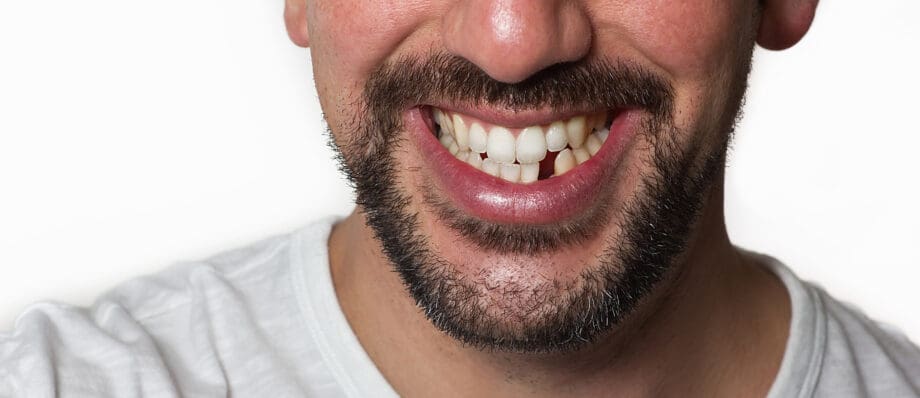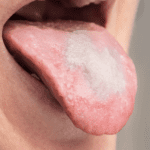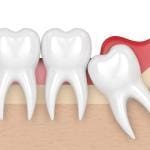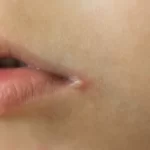The human smile is a powerful communication tool, conveying warmth, confidence, and friendliness. Central to a radiant smile are healthy teeth. However, many individuals experience the loss of one or more teeth during their lifetime. Missing teeth can have a significant impact on both oral health and overall well-being. In this article, we will delve into the causes of missing teeth, explore the consequences of tooth loss, and discuss various treatment options to restore oral function and aesthetics.
Causes of Missing Teeth
- Dental Decay
- Gum Disease (Periodontitis)
- Trauma
- Genetics
Dental Decay
Dental caries, commonly known as cavities, is a leading cause of tooth loss. When left untreated, decay can progress to the point where a tooth becomes irreversibly damaged and must be extracted.
Gum Disease (Periodontitis)
Poor oral hygiene practices can lead to gum disease, which, if left unchecked, can result in the loss of teeth. Periodontitis affects the supporting structures of the teeth, including the gums and bones, compromising their stability.
Trauma
Accidents or injuries to the mouth can cause tooth fractures or avulsion, leading to the loss of one or more teeth. Immediate dental intervention is crucial in such cases to attempt to save the affected teeth.
Genetics
Some individuals may be genetically predisposed to dental issues, such as weaker enamel or a higher susceptibility to gum disease, which can contribute to tooth loss.
Trauma Cause of Missing Teeth
Trauma, or dental injuries resulting from accidents or physical force, is a significant cause of missing teeth. The impact of trauma can vary from mild to severe, and the consequences often depend on the nature and extent of the injury. Here’s a more detailed exploration of how trauma can lead to missing teeth:
- Tooth Fractures
- Avulsion
- Luxation
Tooth Fractures
Trauma can cause fractures in the tooth structure. The severity of fractures can range from minor chips to more extensive breaks. In cases where the fracture extends into the root, the tooth may become irreparable, necessitating extraction.
Avulsion
Avulsion refers to the complete displacement of a tooth from its socket due to trauma. This often occurs in accidents such as falls, sports injuries, or vehicle collisions. Immediate dental intervention is crucial to attempt to re-implant the avulsed tooth and preserve it. However, successful re-implantation is not always possible, and tooth loss may occur.
Luxation
Luxation involves the displacement of a tooth without complete avulsion. The tooth may be pushed into the socket, pulled away, or even twisted. Depending on the degree of luxation, the tooth may require repositioning and stabilization. In severe cases, where the supporting structures are significantly damaged, extraction might be necessary.
Genetic Factors Associated with Missing Teeth
Genetic factors can play a significant role in determining an individual’s susceptibility to various dental issues, including the possibility of missing teeth. The genetic component of missing teeth is often associated with certain developmental conditions that affect the formation and eruption of teeth. Here are some key aspects to consider when exploring the genetic basis of missing teeth:
- Dental Agenesis
- Genetic Disorders
- Hereditary Factors
- Tooth Size Discrepancies
- Mutations in Tooth Development Genes
- X-Linked Hypodontia
- Polygenic Inheritance
Dental Agenesis
Dental agenesis is a genetic condition characterized by the congenital absence of one or more teeth. It can affect both primary teeth and permanent teeth. The most common teeth affected by agenesis are the wisdom teeth, second premolars, and upper lateral incisors. The absence of these teeth can occur unilaterally (affecting one side) or bilaterally (affecting both sides).
Genetic Disorders
Certain genetic syndromes and disorders can be associated with missing teeth. Conditions such as ectodermal dysplasia, cleidocranial dysplasia, and Down syndrome, among others, may involve dental abnormalities, including the absence of teeth. In these cases, genetic mutations can impact the development of teeth during embryonic and fetal stages.
Hereditary Factors
While specific genes linked to missing teeth are still being identified, research suggests that hereditary factors can influence the size, shape, and number of teeth. Families with a history of dental anomalies may be more prone to members experiencing missing teeth due to shared genetic traits.
Tooth Size Discrepancies
Genetic factors can contribute to variations in tooth size, which may, in turn, affect spacing and alignment. Discrepancies in tooth size can sometimes lead to overcrowding or insufficient space for certain teeth to erupt properly, resulting in their absence.
Mutations in Tooth Development Genes
Ongoing research has identified specific genes associated with tooth development. Mutations in these genes can disrupt the normal process of tooth formation, leading to conditions where teeth may be missing or malformed.
X-Linked Hypodontia
X-linked hypodontia is a genetic condition where the absence of certain teeth is linked to the X chromosome. It primarily affects males and can result in the congenital absence of multiple teeth, particularly the premolars and incisors.
Polygenic Inheritance
In some cases, missing teeth may not be directly linked to a single gene but rather involve polygenic inheritance, where multiple genes contribute to the development of dental anomalies. The interplay of these genes can create a predisposition to missing teeth within a family.
Consequences of Missing Teeth
- Functional Impairments
- Aesthetic Concerns
- Shifting of Adjacent Teeth
- Bone Loss
Functional Impairments
Teeth play a crucial role in biting, chewing, and speaking. The absence of even a single tooth can disrupt these functions, leading to difficulties in eating certain foods and affecting speech clarity.
Aesthetic Concerns
Beyond functional issues, missing teeth can have a profound impact on one’s appearance. Gaps in the smile can diminish self-confidence and influence social interactions.
Shifting of Adjacent Teeth
When a tooth is lost, the adjacent teeth may gradually shift into the empty space, leading to misalignment and bite issues. This can create a domino effect, causing further dental complications.
Bone Loss
The roots of the teeth stimulate the jawbone, promoting its density and strength. When a tooth is missing, this stimulation is lost, and over time, the jawbone may deteriorate, leading to facial changes and an increased risk of further tooth loss.
Treatment Options for Missing Teeth
- Dental Implants
- Dental Bridges
- Dentures
- Partial Dentures
Dental Implants
Dental implants are considered the gold standard for replacing missing teeth. These titanium posts are surgically implanted into the jawbone, providing a stable foundation for a prosthetic tooth. Implants look and function like natural teeth and help prevent bone loss.
Dental Bridges
Bridges consist of artificial teeth anchored to adjacent natural teeth or implants. They are a non-removable option that can effectively restore the appearance and function of missing teeth.
Dentures
Traditional dentures are removable appliances that replace multiple missing teeth. While they are a more affordable option, they may not provide the same level of stability and comfort as implants or bridges.
Partial Dentures
Partial dentures are used when only a few teeth are missing. They attach to existing teeth using clasps or precision attachments, providing a removable solution for tooth replacement.
Preventive Measures
- Maintain Good Oral Hygiene: Regular brushing, flossing, and dental check-ups are essential to prevent tooth decay and gum disease, reducing the risk of tooth loss.
- Protect Teeth from Trauma: Wearing mouthguards during sports activities or in situations where facial trauma is possible can help prevent tooth injuries.
- Healthy Lifestyle Choices: Adopting a healthy lifestyle, including a balanced diet and avoiding tobacco use, contributes to overall oral health and reduces the risk of tooth loss.
Conclusion
The impact of missing teeth extends beyond the visible gaps in the smile. It affects oral function, self-esteem, and overall quality of life. Understanding the causes and consequences of tooth loss empowers individuals to make informed decisions about their oral health. Whether through dental implants, bridges, or dentures, modern dentistry offers effective solutions to restore both the aesthetics and functionality of a complete, healthy smile. However, prevention remains the key, and maintaining good oral hygiene practices is paramount in preserving the natural beauty and functionality of one’s teeth.





